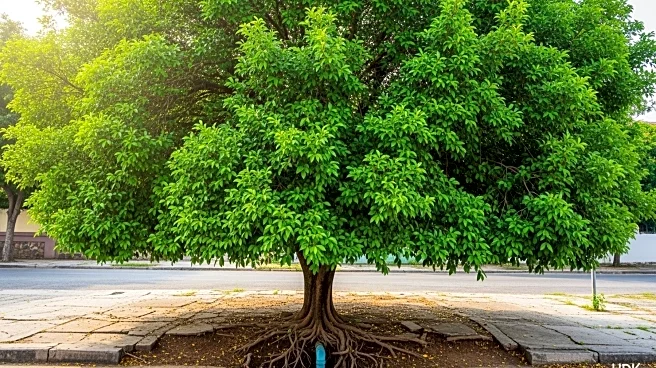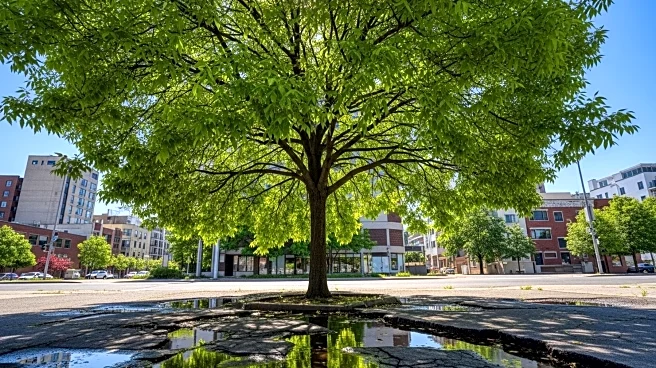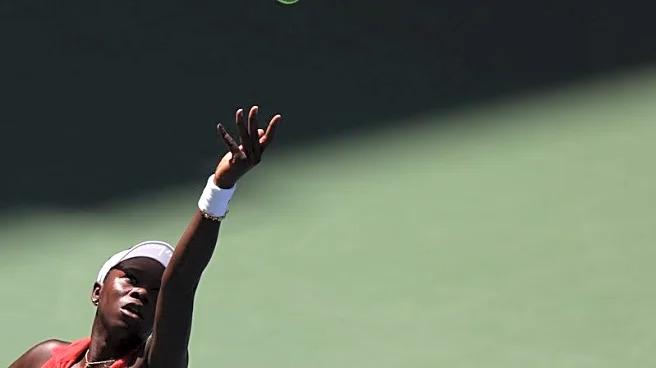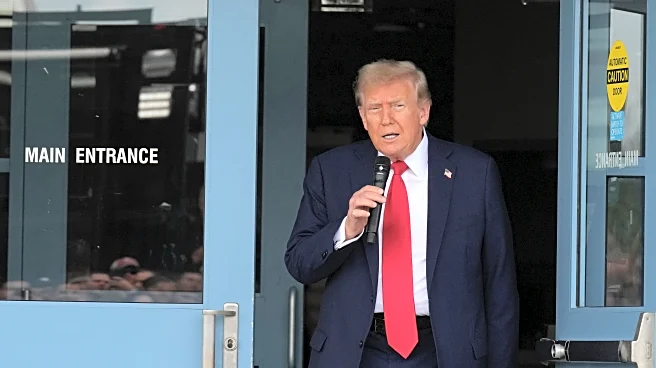What's Happening?
A recent study published in the journal New Scientist has uncovered why street trees in urban areas are more resilient to drought conditions compared to park trees. Researchers from the Université du Quebec à Montréal, led by André Poirier, conducted an investigation in Montreal, Canada, focusing on silver and Norway maples. The study found that street trees benefit from water leaking from underground pipes, which provides them with a consistent water source even during prolonged dry spells. This discovery was made by analyzing trunk samples for lead isotopes, which indicated the presence of water from old lead pipes. The research highlights that while park trees suffer from reduced water and sap flow during droughts, street trees continue to thrive by absorbing this leaked water.
Why It's Important?
The findings of this study have significant implications for urban planning and environmental management. As cities face increasing challenges from climate change, including more frequent and severe droughts, understanding how urban trees can be sustained is crucial. Street trees not only enhance urban aesthetics but also contribute to cooling city environments and improving air quality. By identifying the role of leaky water pipes in supporting street trees, city planners can better strategize tree planting and maintenance efforts. This could lead to more resilient urban green spaces, benefiting both the environment and city dwellers. Additionally, the study challenges the assumption that park trees are inherently healthier, prompting a reevaluation of urban forestry practices.
What's Next?
The research team plans to present their findings at the Goldschmidt International Conference in Prague, Czech Republic, on July 8, 2025. This presentation will likely spark further discussions on urban tree management and the potential for utilizing existing infrastructure to support urban greenery. City planners and environmentalists may explore ways to intentionally use water leakage to sustain urban trees, potentially leading to policy changes or new urban design strategies. The study also opens avenues for further research into the interactions between urban infrastructure and natural ecosystems.
Beyond the Headlines
This study highlights an often-overlooked aspect of urban infrastructure—leaky water pipes—and their unintended benefits for urban ecosystems. It raises questions about the balance between infrastructure maintenance and ecological benefits. While water leakage is typically seen as a wasteful and costly issue, this research suggests that it may inadvertently support urban biodiversity. This could lead to a broader discussion on how cities can harness such 'waste' to enhance urban resilience and sustainability.













